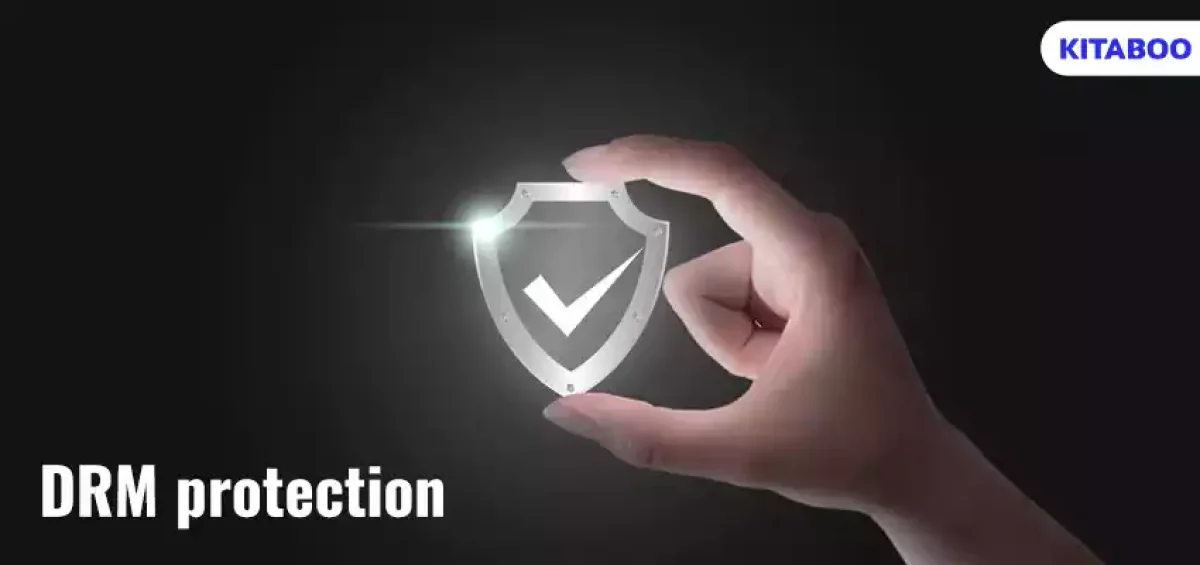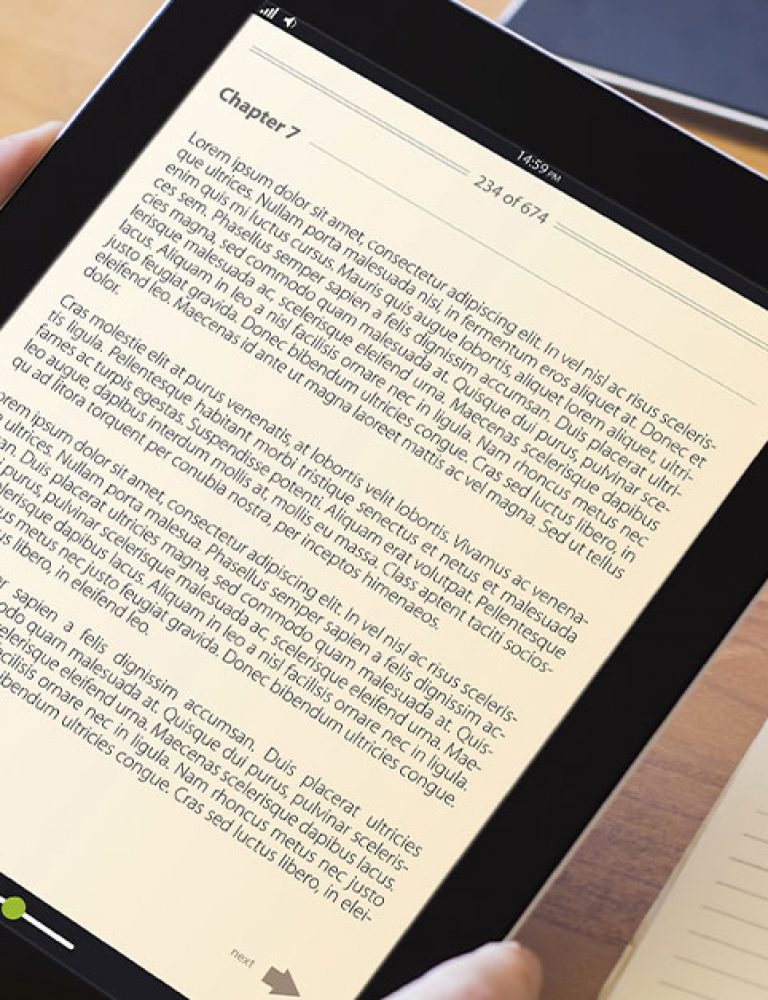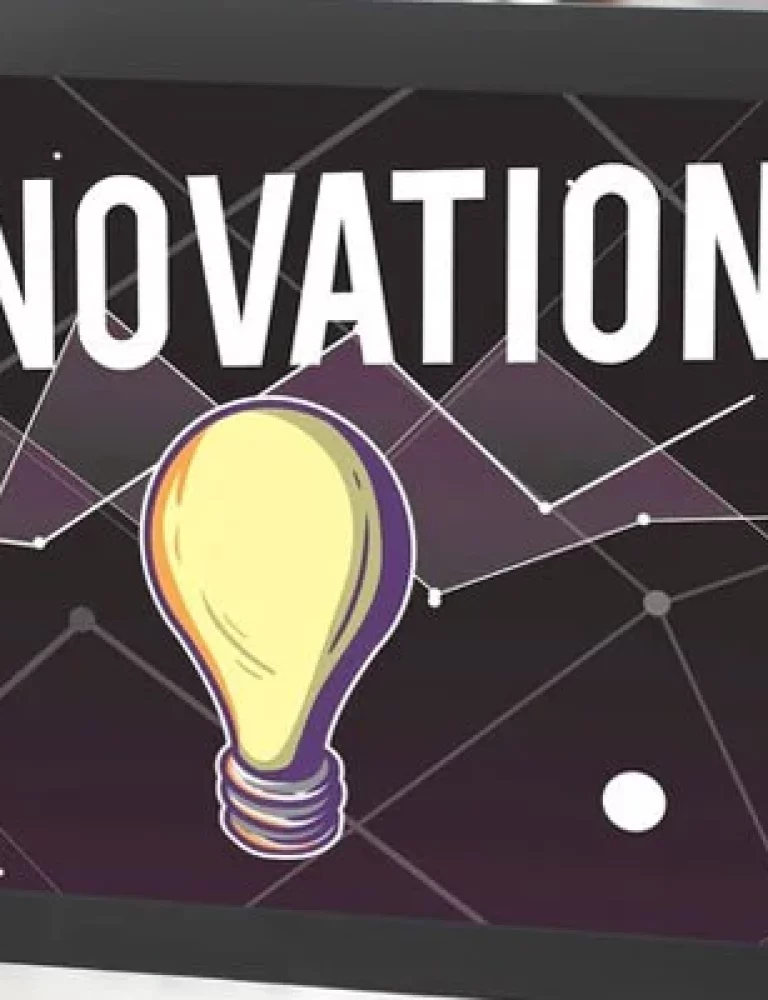Accessing, consuming, transferring information, and digitizing books has become increasingly easy in the modern age. Consequently, content creators and distributors are always looking for the right protection tools to safeguard the rights of authors and publishers. Digital Rights Management (DRM) protection is a primary mechanism to protect eBooks from piracy while ensuring readers can access content securely.
Let’s find out more.
Table of Contents
II. Mechanisms of DRM Protection
- Encryption
- Authorization and Licensing
- Watermarking and Traceability
- Controls and Permissions
- Expiration Control
III. Advantages of DRM Protection?
- Intellectual Property Protection
- Consumer Trust
- Cross Platform Compatibility
- Regulatory Compliance
- Licensing Flexibility
V. The Takeaway
What is DRM Protection?
DRM or Digital Rights Management software refers to the technology and digital textbook platforms monitoring digital content usage, alteration, and dissemination. DRM software like KITABOO adds multiple layers of protection to the digital content, ensuring that the readers cannot access the content without the right decryption keys.
Thus, DRM can be understood as a virtual lock enabling access only to those who have acquired it legally.
Mechanisms of DRM Protection
DRM ensures that eBook files and other digital content are properly encrypted during storage and dissemination. It also monitors the number of devices on which the content can be accessed. For instance, Apple Books uses a custom-made DRM solution to ensure the ebooks are read on a certain pre-registered number of devices. All downloaded eBooks contain comprehensive data analytics about purchase and usage, which prevents unregistered devices from reading the books.
Listed below are some mechanisms of DRM protection that monitor the usage and transfer of e-content:
Encryption
DRM supports data encryption to ensure unauthorized users can not read or use the content without the proper key. The multiple layers of protection ensure that even if users manage to log in using unauthorized and illegal mechanisms, the text becomes incoherent and indecipherable.
Authorization and Licensing
Licensing and authorization mechanisms safeguard the eBooks and digital content. Without a legal license or consent form from the content distributor or digital publishing platform, the users cannot gain access to the protected files. The authorization can be conferred through various means, such as license keys, digital certificates, or online authentication.
Watermarking and Traceability
DRM monitors copyright infringement through watermarking and traceability techniques. Both visible and invisible watermarks carry user information like transaction details, IP addresses, etc. Therefore, watermarks are used by the distributors to identify the source of the leak, stop unauthorized access, and avoid future misuse.
Controls and Permissions
Various control and permission mechanisms like password protection, time-limited access, restricted viewing, restricted printing, user authentication, location control etc., can monitor who can access the content and from where.
Expiration Control
With expiration control, distributors and creators can determine the duration for which the user can access the protected content. Post expiration, the user can only access the content after renewing the license or subscription.
Advantages of DRM Protection?
DRM protection offers numerous benefits not just to the content creators and distributors but also to the consumers. Some of the major advantages of protecting your ebook and digital file with DRM software include:
Intellectual Property Protection
DRM ensures that each content creator and author is fairly recognized and compensated for the intellectual property. Unlawful copying and distribution compromise their intellectual property rights and hampers financial compensation.
Consumer Trust
DRM ensures that consumers and readers feel safe while consuming e-content on a digital platform. Copyright infringement in this technologically driven world can easily compromise users’ vital information, such as their unique identity, IP address, bank account details, etc. Therefore, it is important for consumers to feel safe while committing themselves to a digital content ecosystem.
Cross Platform Compatibility
eBook readers prefer having the flexibility of accessing the content on various platforms. Users have diverse access requirements, such as accessing content while traveling on mobile in offline mode, eBook reader app compatibility, etc. Consequently, DRM solutions often focus on cross-platform compatibility to make users’ access to their purchased content seamless.
Regulatory Compliance
The regulatory compliance mechanisms of DRM software help content distributors adhere to copyright laws and digital content regulations according to industry standards. It is an excessively demanding task to update all legal risks and compliance guidelines regularly. Therefore, DRM makes it easy for distributors by automatically safeguarding the content from legal risks and guaranteeing compliance measures.
Licensing Flexibility
Customers have a wide range of preferences when it comes to licensing arrangements. To cater to these wide ranges of preferences, nowadays, all major DRM software like KITABOO provides various options to consumers, such as rental subscriptions, access-based licensing, one-time purchases, etc.
Future of DRM Protection
The digital world is developing at a rapid pace to address the evolving needs of consumers. Similarly, the DRM protection ecosystem is advancing to meet new customer expectations and adapt to the new market dynamics.
Some of the key developments you may see in the DRM protection technology are:
- Heightened focus on user experience, offering seamless and flexible content access
- A complete shift towards subscription and streaming models
- More robust data privacy measures and approaches
- Integration with Artificial Intelligence (AI) and Blockchain Technologies
- Advanced regulatory considerations
Direct integration with virtual bookshelf and digital libraries
The Takeaway
DRM protection is important to help content creators, distributors, and consumers traverse the digital landscape effectively and efficiently. If all the ecosystem’s stakeholders feel ensured that their intellectual property rights are safeguarded, they could contribute more creatively and confidently towards its development.
Protecting eBooks from piracy and navigating DRM software comes with challenges like restrictive licensing terms, compatibility issues, privacy concerns, and more. However, platforms like KITABOO are now making it easy to address the challenges and fully optimize the functionalities of DRM protection.
KITABOO is a digital textbook platform continually exploring new technologies to make interactive and safe digital publishing possible. This will let the consumers read their favorite eBooks on their preferred platform without hassle.
Connect with KITABOO to start a conversation.
Discover How An Ebook Conversion, Publishing & Distribution Platform Can Help You
Kitaboo is a cloud-based content platform to create-publish & securely distribute interactive mobile-ready ebooks.
You May Also Like
-
Innovation in Publishing: Adapting to Digital Realities
Blog,Digital Publishing,eBook solution / December 30, 2023








